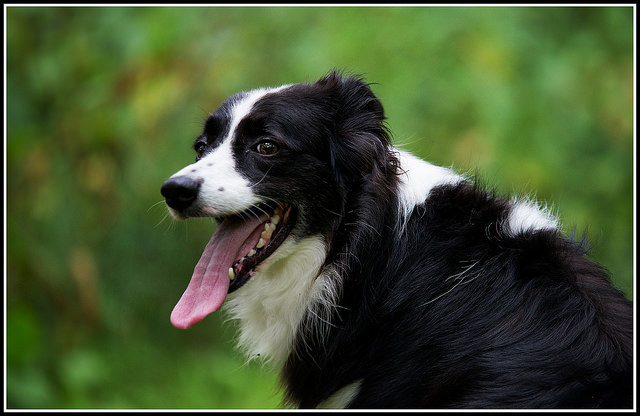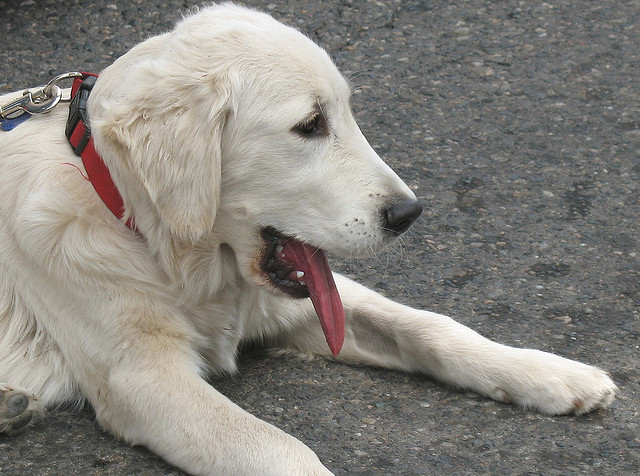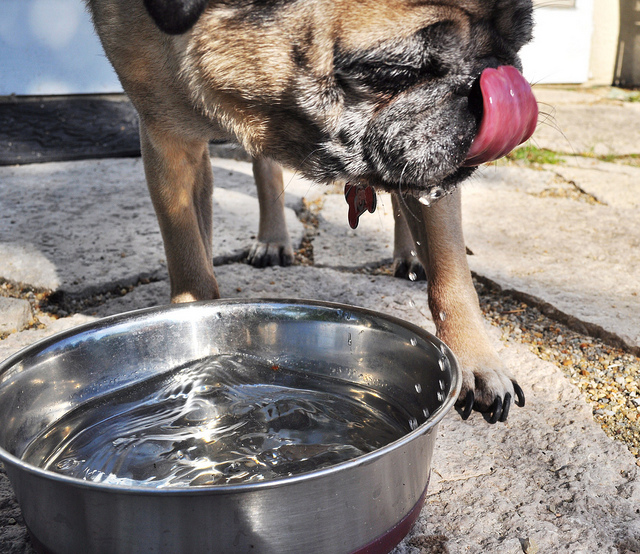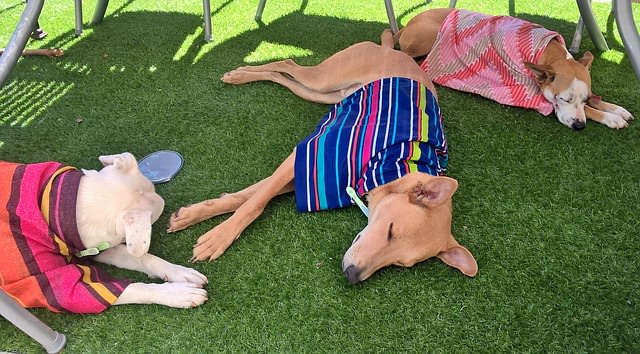With the weather warming up in at least some parts of the world, it’s time to think about heat and your dog. We get a lot of warnings to make sure your dog doesn’t get to hot, but how do you know your dog is getting warm? Each year, Trupanion, a pet insurance company, receives several claims for heatstroke. Dr. Kerri Marshall, chief veterinary officer at Trupanion talked to us about heatstroke and how to identify it in your dog.

Why do dogs get heatstroke?
KM: Because they can’t sweat and instead cool down by panting, dogs can’t regulate their body temperature as easily as humans and are more vulnerable to heat stroke.
Certain breeds are more susceptible than others, including overweight pets and those with long hair, thick coats, or short faces. According to the Trupanion database, English and French bulldogs are 5 times more likely to suffer from heat stroke than the average dog. Here are some helpful tips on how to keep your dog cool on hot days.
What are the signs of heatstroke that owners should watch for?
KM: Look for excessive panting and a bright red tongue, a rapid heart rate, gastrointestinal upset (like vomiting) and a lack of coordination. Your dog’s saliva may be sticky due to dehydration and if shock sets in, they may experience seizures and collapse — which can be fatal.

Pets showing signs of heat stroke should be cooled down as soon as possible and should always be checked by a veterinarian. Get them out of the heat and into the shade or an air conditioned area and lay a cool damp towel over their head or on their stomach. Provide plenty of water and seek veterinary care right away.
Heat stroke can become very dangerous and can be costly to treat if not caught early — the average heat stroke claim costs about $1,300, ranging from less than $10 to over $10,000 in some cases. The sooner you can get your dog to the veterinarian, the better.
What are some good tips to preventing heatstroke?

KM: To help prevent heatstroke, give your dog access to shade, a fan, or air conditioning and plenty of water. Avoid walking your dog on hot pavement and never leave them in the car on a warm day. Look for excessive panting and follow these tips to keep them cool:
Keep the water bowl full. Make sure there is always enough water available for your dog. If your pup goes outside, make sure to keep a water bowl in the shade to keep it cool.
Keep your dog inside. As temperatures rise, your dog will be much more comfortable at home. It is easy for your short-faced dog to overheat if left outside in the hot weather. If outside, keep on the grass because hot pavement can burn the pads of your dog’s paws. If he does come in the car with you, make sure to turn on the air conditioning. But remember, it is important not leave him in the car alone for even a few minutes.

Use cooling devices. There are several products for keeping pets cool such as cooling mats, fans, kiddie pools, and air-conditioning equipment. You can also make your own cooling device by freezing water in a sturdy plastic bag and wrapping it in a heavy towel. You can lay the device in your dog’s bed so he can keep comfortable.
Change your pup’s exercise times. It’s easy for some short-faced dogs to become overweight, so make sure to continue normal exercise routines. Try and plan walking your dog when the sun isn’t very strong, like early morning or in the evening.
Take breaks. As you continue normal physical activities for your dog, try and pay attention to any breathing abnormalities and know when to take a break. If your dog starts to breathe heavily or makes any unusual noises while trying to breathe, it is time to take a break and let your dog cool down. You may have to shorten exercise activities to avoid heat exhaustion.

